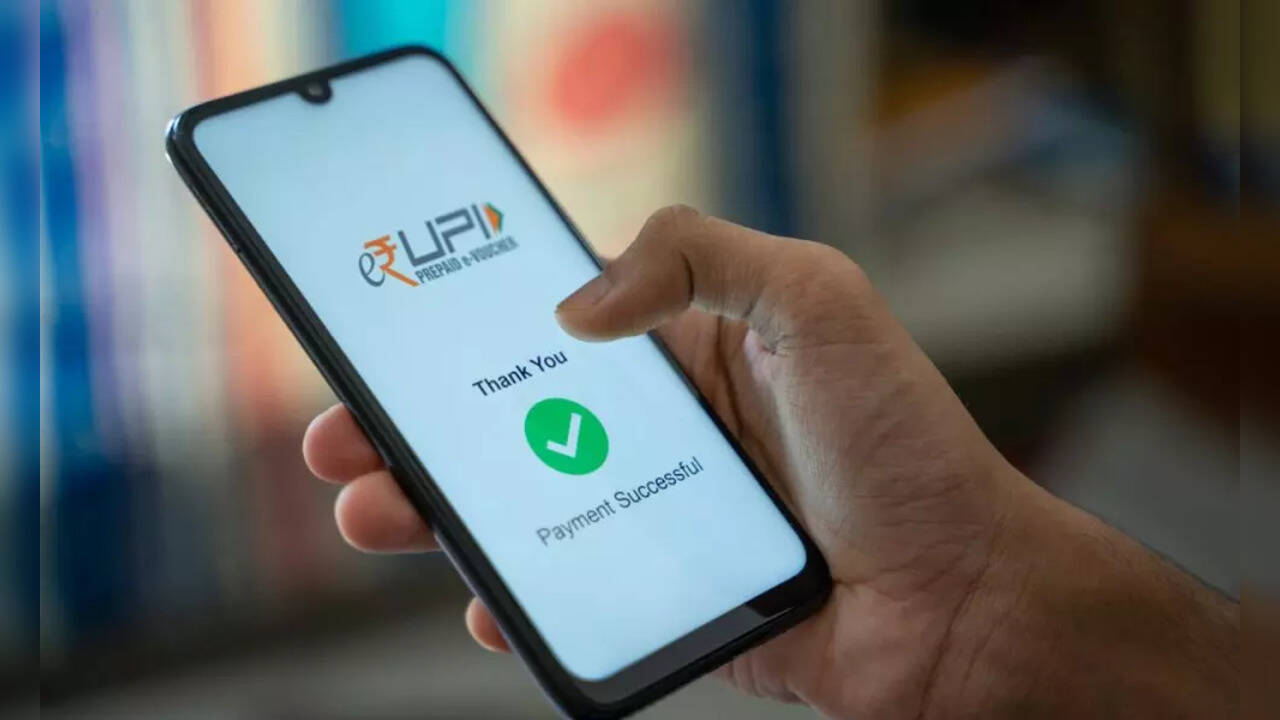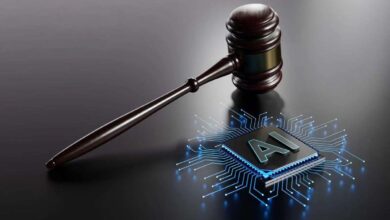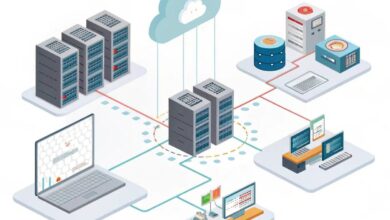Rising Credit Card and UPI Payments Indicate an Increase in Consumption

Rising credit card and UPI bills imply towards boom in intake amid a recovery in monetary activities with the ebbing effect of the Covid pandemic, said, specialists and market players. According to the RBI’s month-to-month statistics, the Unified bills Interface (UPI) transaction extended from Rs 9.83 lakh crore in April this year to Rs 10.73 lakh crore in August.

Similarly, credit score card spending through the PoS (point of Sale) terminal increased from Rs 29,988 crore in April this year to Rs 32,383 crore in August. The credit card spending on e-commerce systems, which was worth Rs 51,375 crore in April, rose to Rs 55,264 crore in August.
About UPI And Its Benefits
A Unified Payments Interface (UPI) is a machine that powers more than one bank bill into a cell application (of any collaborating financial institution). It merges several banking features, unified account direction-finding & facilitates benefactor bills into one cover. UPI is an instantaneous real-time price device that powers a couple of financial institution accounts into a single mobile utility and helps inter-bank transactions by the use of a cell phone.
Professionals say that the linkage should lead to an upward thrust in acceptability as many merchants don’t have credit score card PoS terminals, particularly in semi-city and rural regions, but most of them have UPI QR code-based attractiveness.
It is going to help customers who want to use credit cards for its reward advantage and UPI for its ease of use and security. Unified bills Interface or UPI has developed as the most popular payment device in India that permits customers to make actual-time bills via current or financial savings debts linked with debit playing cards.

One would no longer have to consider too many details to perform transactions, as UPI has made the coins switch system loads easier. You may attain an everyday restriction if You try to ship more than ₹1,00,000 sooner or later across all UPI apps, you try and ship money more than 10 instances in one day throughout all UPI apps, or you request extra than ₹2,000 from someone.
UPI transaction limit SBI (per transaction) is Rs 1,00,000, as decided via NPCI. There is no restriction in keeping with a week or consistent with the month value of UPI transfer.
Views Of Experts on An Increased Use Of UPI
Rama Mohan Rao Amara, MD, and CEO, SBI Card, stated that the credit cards have grown at a Compounded Annual growth fee (CAGR) of 16 percent between FY17 and FY22, as in step with the RBI’s enterprise statistics. Experts and marketplace players are of the view that the boom in quantity and value of digital transactions bode properly for the economic system. It shows that purchasers are increasingly becoming familiar with one-of-a-kind modes of virtual payments, and giving up their inhibitions.
Anand Kumar Bajaj, founder, MD & CEO, PayNearby, opined that the boom in extent and cost of payments completed through cards and UPI paints an excellent picture of the virtual bill’s panorama in India. With the better acceptance and use of credit cards, there has been an extra upsurge in expenditures. Over the previous few months, the industry has seen monthly credit score card spending crossing Rs 1 lakh-crore quantum continually, indicating a strong consumption pattern. With the approaching festive season, there may be expectations and anticipation all around.

The government’s push for digital transactions, rising profits, growing use of smartphones, and improvement in internet connectivity are assisting the increase of online bills. Except, an increasing number of merchants are deploying virtual fee infrastructure. Mandar Agashe, MD & Vice President, of Sarvatra technology, commented that the upward push in expenditure levels implies a pickup in intake because the pandemic-precipitated uncertainty nearly dissipates, and markets go back to normalcy.
Agashe added that July and August were in most cases marked using sale seasons throughout e-commerce systems and various gives made on hand through merchants to encourage transactions through UPI. UPI is similarly predicted to boom for the duration of the cutting-edge pageant season due to rising calls from Tier-II and III cities optimistically embracing the UPI channel for their transactions.
Anurag Sinha, CEO & Founder, OneCard & OneScore, said that the rise in each quantity and fee of bills in recent months across systems reflected the power of the retail economy in addition to the revival of client confidence.

For the remaining month, the Reserve bank of India sought perspectives from the public on prices and charges in price systems, with the purpose to make such transactions low-cost as well as economically remunerative for the entities concerned.
Costs in a price device are the prices imposed by the fee service carriers (PSPs) on the users (originators or beneficiaries) for facilitating a virtual transaction. The costs are recovered from the originators or the beneficiaries depending on the kind of fee machine.
Market experts added further that usually, traveling, fun, and eatery classes are one of the key categories for customers when it is to online expenditures by credit cards.




